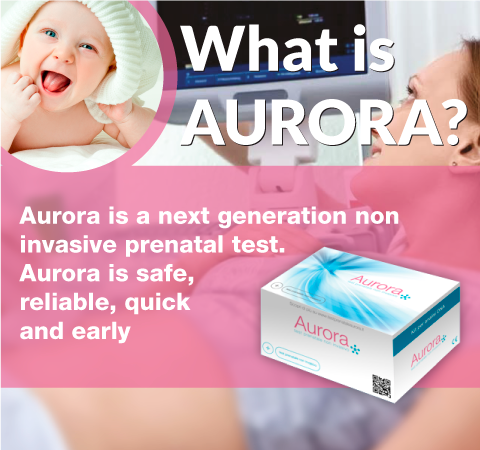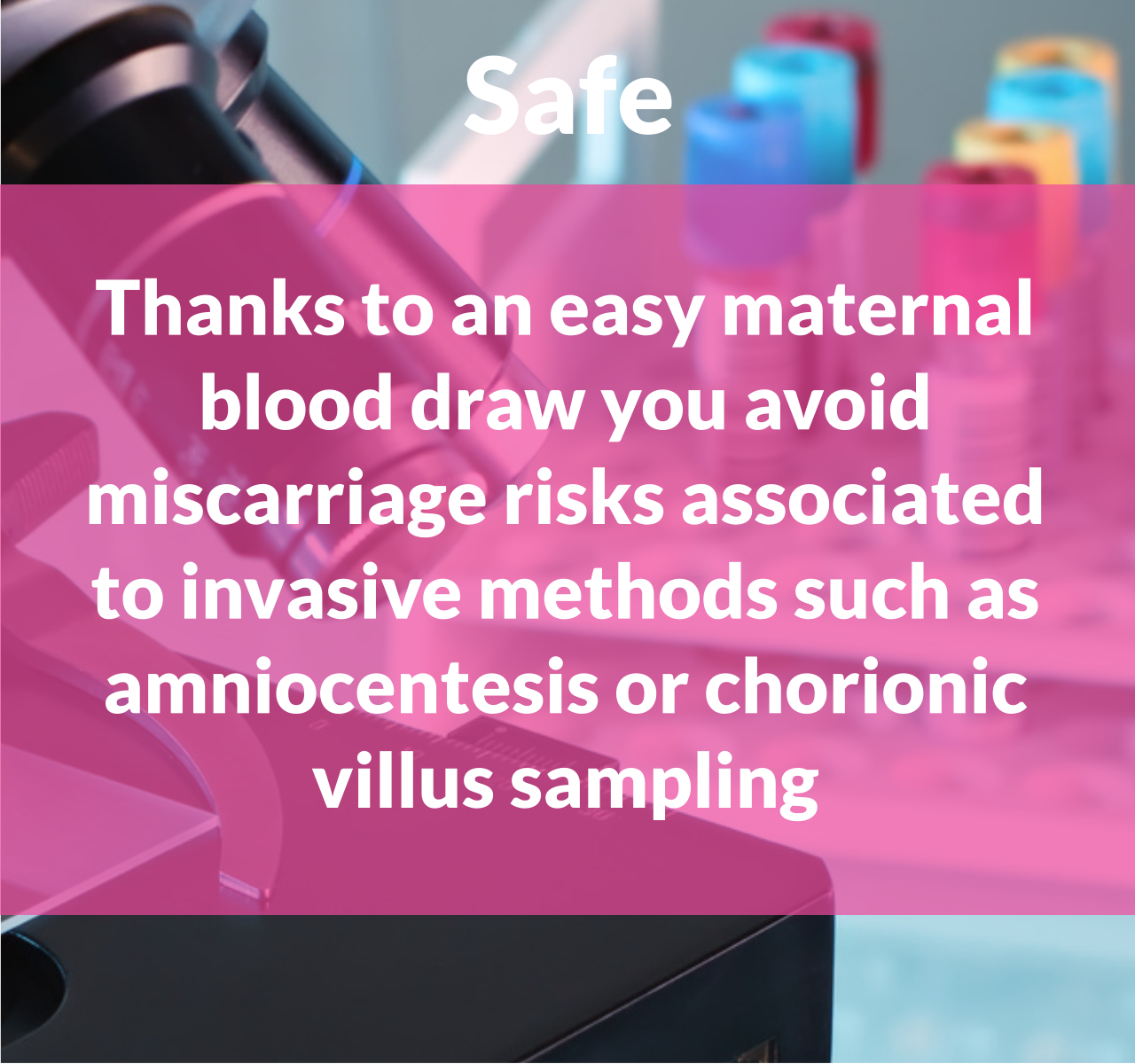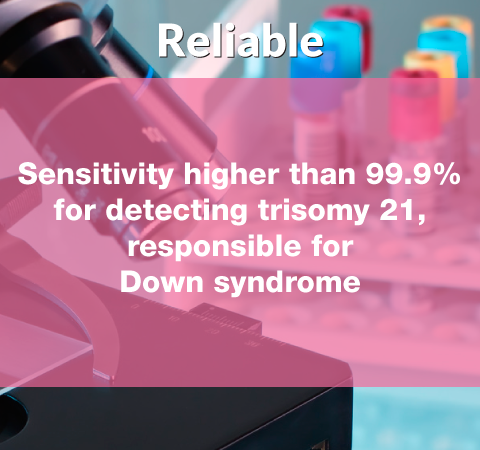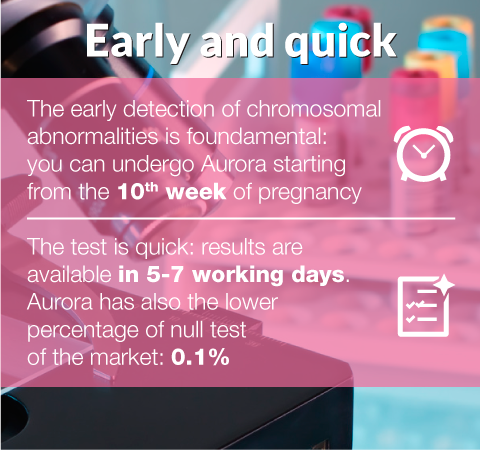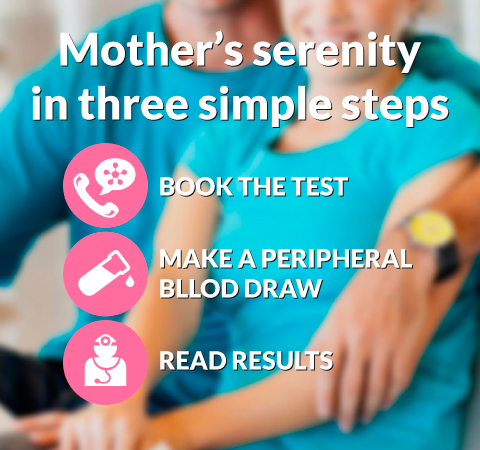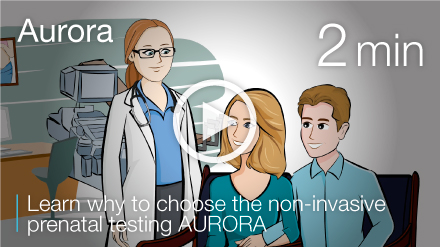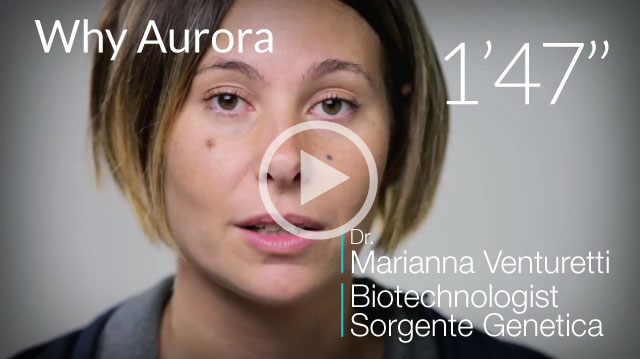For a woman who practices unprotected sex, the chances of getting pregnant are about 30% each month. After a 1 year of unsuccessful attempts, we can talk about infertility. In some cases it is impossible even to find a precise cause and the unexplained infertility phenomenon is defined. In these cases, however, attempts are made to facilitate conception by intrauterine insemination and in vitro fertilization.
A study by Dr. Farquhar analyzed the impact of ovarian stimulation in cases of unexplained infertility. The study was attended by women under two years and with a maximum body mass index of 35. All participants suffered from unexplained infertility. The doctors divided them into two groups:
- ovarian stimulation with intrauterine insemination;
- monitoring of fertile period and standard sexual activity.
31% of the first group managed to conceive and complete gestation, against 9% of the second group. However, the first group also registered a higher rate of spontaneous abortions, 16% against 9%. The authors therefore concluded that ovarian stimulation, combined with intrauterine insemination, greatly increases the chances of conceiving.
The study has a heavy weight, since 30% -40% of infertility cases remain unexplained. Some doctors have therefore proposed to expand the normal fertility assessment tests. Genetic and immunological tests, for example, could help identify any anomalies. However, it should be borne in mind that these tests would also increase the costs of assisted fertilization, at least in the early stages.
Source: medscape.com






